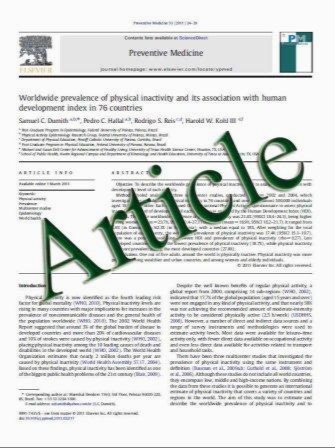Rectal acetaminophen versus peritonsillar infiltration of bupivacaine for postoperative analgesia after adenotonsillectomy in children
- نوع فایل : کتاب
- زبان : انگلیسی
- مؤلف : Mastaneh Dahi-Taleghani Samira Mousavifard Shahrokh Tahmoureszade Ali Dabbagh
- چاپ و سال / کشور: 2011
Description
There are a wide range of analgesic methods used for postoperative pain control in children undergoing elective adenotonsillectomy and there are many cases in which the postoperative analgesic modalities have not been fully successful to treat pain effectively. The acute postoperative analgesic effects of peritonsillar bupivacaine infiltration compared with rectal acetaminophen suppositories in elective adenotonsillectomy have been compared here. The methods employed were a single blind randomized clinical trail where 110 cases were selected to enter the study. After induction of anesthesia and intubation, and just before start of the procedure, the 1st group received 30 mg/kg of acetaminophen rectally; while, the 2nd group received 1 mg/kg peritonsillar bupivacaine infiltration around the tonsils. Throat pain at rest, after swallowing, after taking fluid and after soft food and also, parents’ and nurses satisfaction regarding patient analgesia were compared. The results stated that there was no difference between the two groups regarding throat pain at rest, after swallowing, after taking fluid and after soft food and also, parents’ and nurses’ satisfaction. We concluded that when considering the feasibility of rectal acetaminophen, the results of the study suggest it superior due to minimal risks compared with local peritonsillar administration of bupivacaine for elective adenotonsillectomy of children.
Eur Arch Otorhinolaryngol (2011) 268:581–584,Received: 10 March 2010 / Accepted: 16 November 2010 / Published online: 7 December 2010 Springer-Verlag 2010


